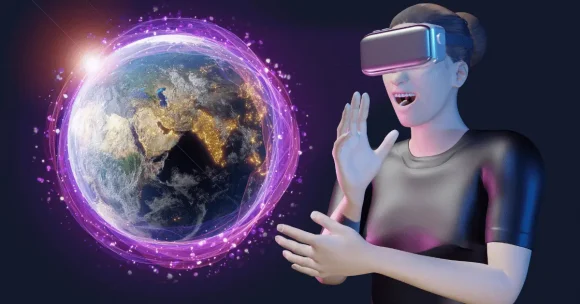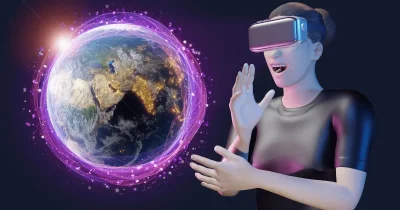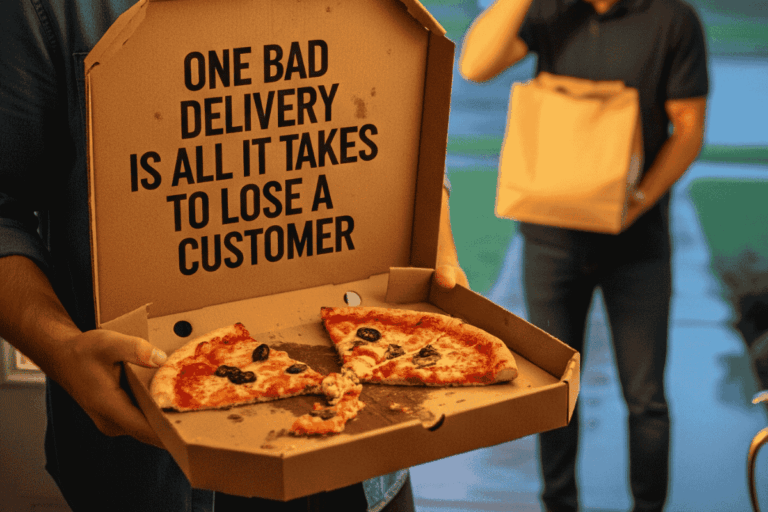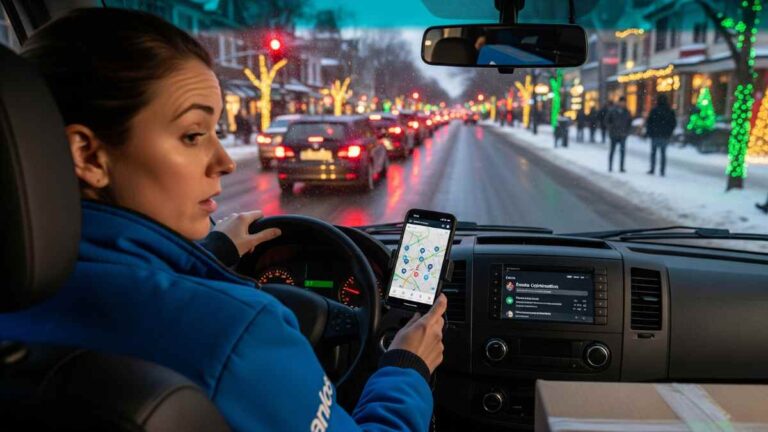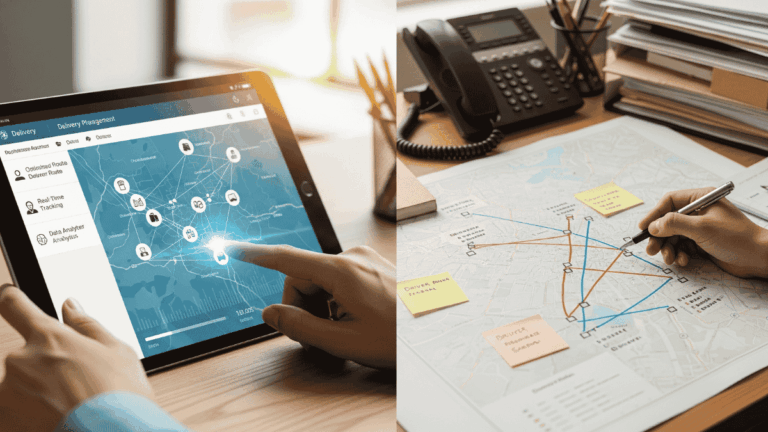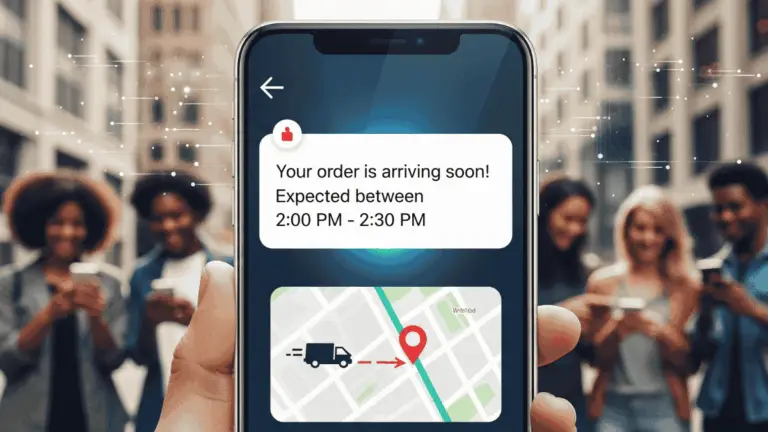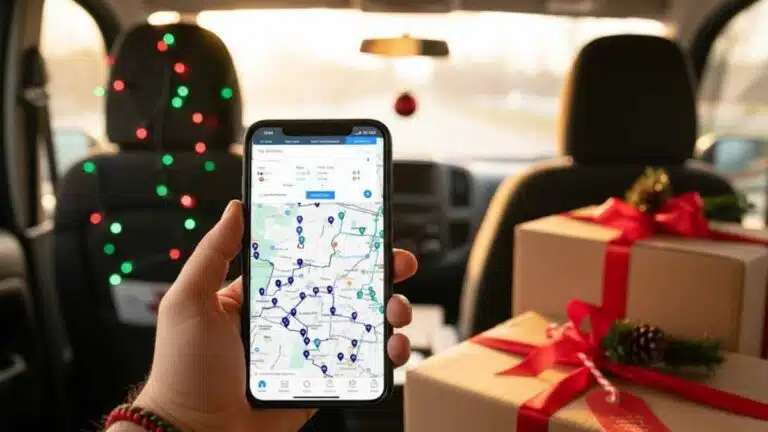Mark Zuckerberg’s concept of a metaverse has been around for a while, capturing imaginations far and wide. It’s become a buzzword of late. But, have you ever thought about shopping in the metaverse?
While humans have dabbled with digital and virtual spaces for years, ‘Metaverse e-commerce’ is still a lesser-known frontier. And it can potentially change our online retail experiences into virtual world adventures.
Fun fact: The term ‘metaverse’ comes from Neal Stephenson’s 1992 science fiction novel Snow Crash. The story plays out after a worldwide economic collapse. In this world, humans interact with each other via programmable avatars in a virtual space.
Projected metaverse landscape
Meta aims to create 10,000 jobs over the next five years to build Zuckerberg’s version of the Metaverse. Statista’s lead researcher, J. Clement, says development of the metaverse “will require collaboration across companies, creators, and policymakers.”
Several companies – including Microsoft, Roblox, and Epic – are already investing in their versions of the metaverse. Research from Statista also shows that 25% of humanity could potentially spend at least an hour daily in the metaverse by 2026.

Find more statistics at Statista
This could translate into an estimated growth rate of 38% ($210 billion) by the end of this decade. In October 2023, Statista predicted a market volume of $31 billion by the end of 2024.
In terms of user base, the Metaverse e-commerce market could see as many as 1.3 billion people by 2030. The surge is quite steep: user penetration (the % of the population buying and/or selling online) is projected to increase by more than 167% between 2024 and 2030.
Statista shows that the “global rise of Metaverse e-commerce is transforming the way consumers in every corner of the world engage with online shopping experiences.”
Businesses would thus be wise to prepare for Metaverse integration as education, social interactions, entertainment, careers, and yes, even shopping, enter the digital realm.
But there’s a problem.
Tough consumer expectations
A McKinsey study found that consumers appear less interested in “futuristic offerings.” While they like the novelty of virtual spaces, they want “product offerings that tie back to the physical world in some way.”
Real-world applicability will be easier to implement for some retailers than others. About 30% of consumers surveyed by McKinsey say they lose interest if there is no “real-life application.”
If you want to set up a successful Metaverse e-commerce venture, the first step would be to understand your consumer and their preferences. Then, identify priority use cases and build consumer-first offerings.
HERE’S HOW: Data-driven e-commerce: Understanding your customers
Finally, test and learn. Metaverse e-commerce is still uncharted territory. McKinsey suggests approaching product development “through rapid experimentation, reprioritization, and agile operations.”
Learn by crowdsourcing product development ideas and running metaverse offerings.
McKinsey says a successful Metaverse approach comes down to these four things:
- Refining offerings.
- Scrapping non-performing projects.
- Rapid experimentation and pivoting quickly.
- Maintaining open channels of communication with consumers.
Three real-world applications
Fashion retailers have it easier here – they can set up virtual changing rooms where users can ‘model’ the outfits. They get to try an outfit on in the virtual world while the tangible product is delivered to their door in the physical world.
At the other end of the spectrum, a virtual Fashion Week event might flop since the experience is purely digital, i.e., “too futuristic.”
Fitness companies would need to try a different approach to find real-world applicability. This can be done by focusing on a different selling point, such as offering a travel-loving cyclist the opportunity to cycle through different tourist locations.
Following the same metrics, someone in the food industry could offer virtual cooking classes since the user can apply what they learn in the real world. Virtual food competitions with digital prizes, however, might not appeal to consumers.
About the author
Cheryl has contributed to various international publications, with a fervor for data and technology. She explores the intersection of emerging tech trends with logistics, focusing on how digital innovations are reshaping industries on a global scale. When she's not dissecting the latest developments in AI-driven innovation and digital solutions, Cheryl can be found gaming, kickboxing, or navigating the novel niches of consumer gadgetry.

